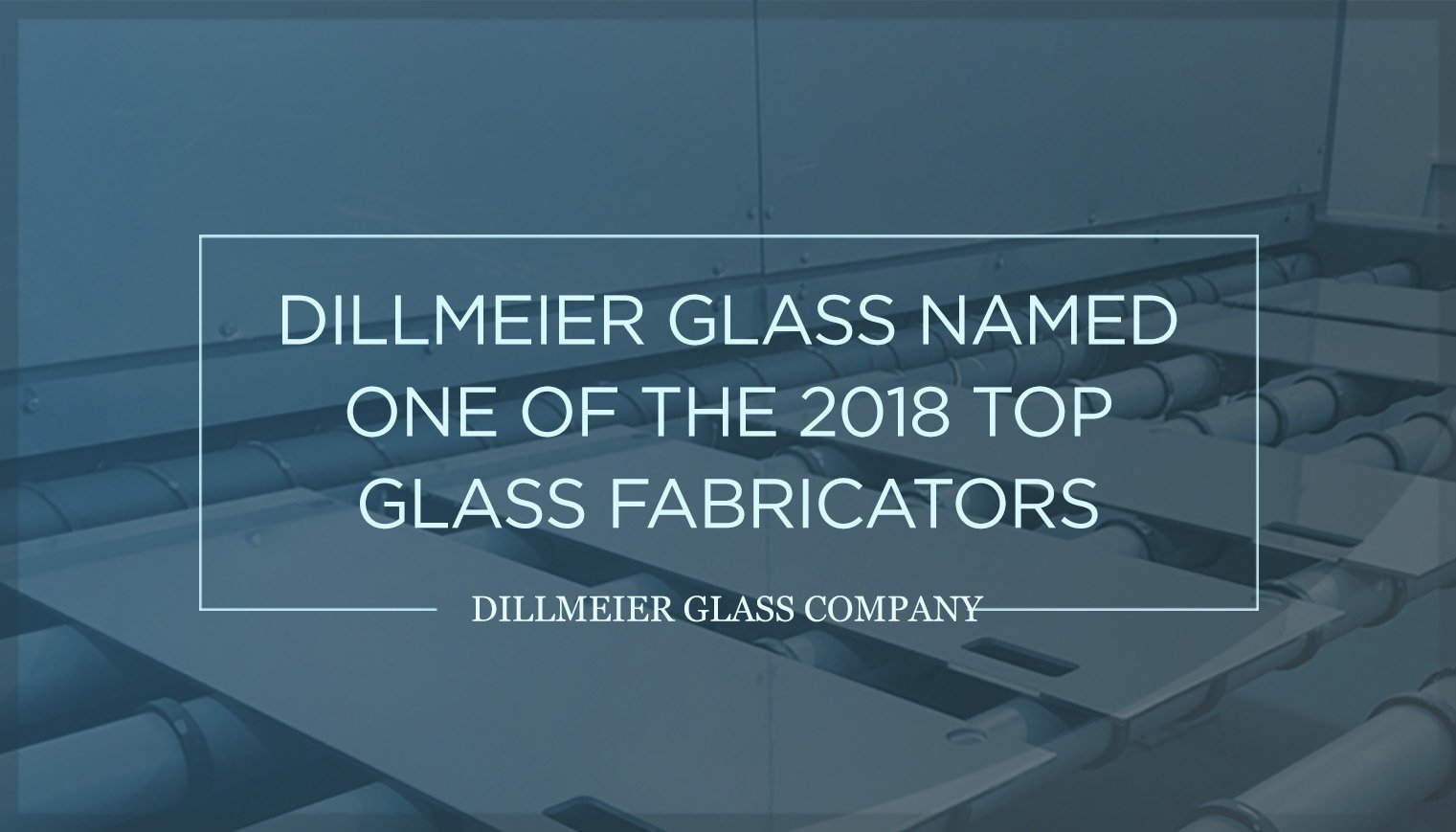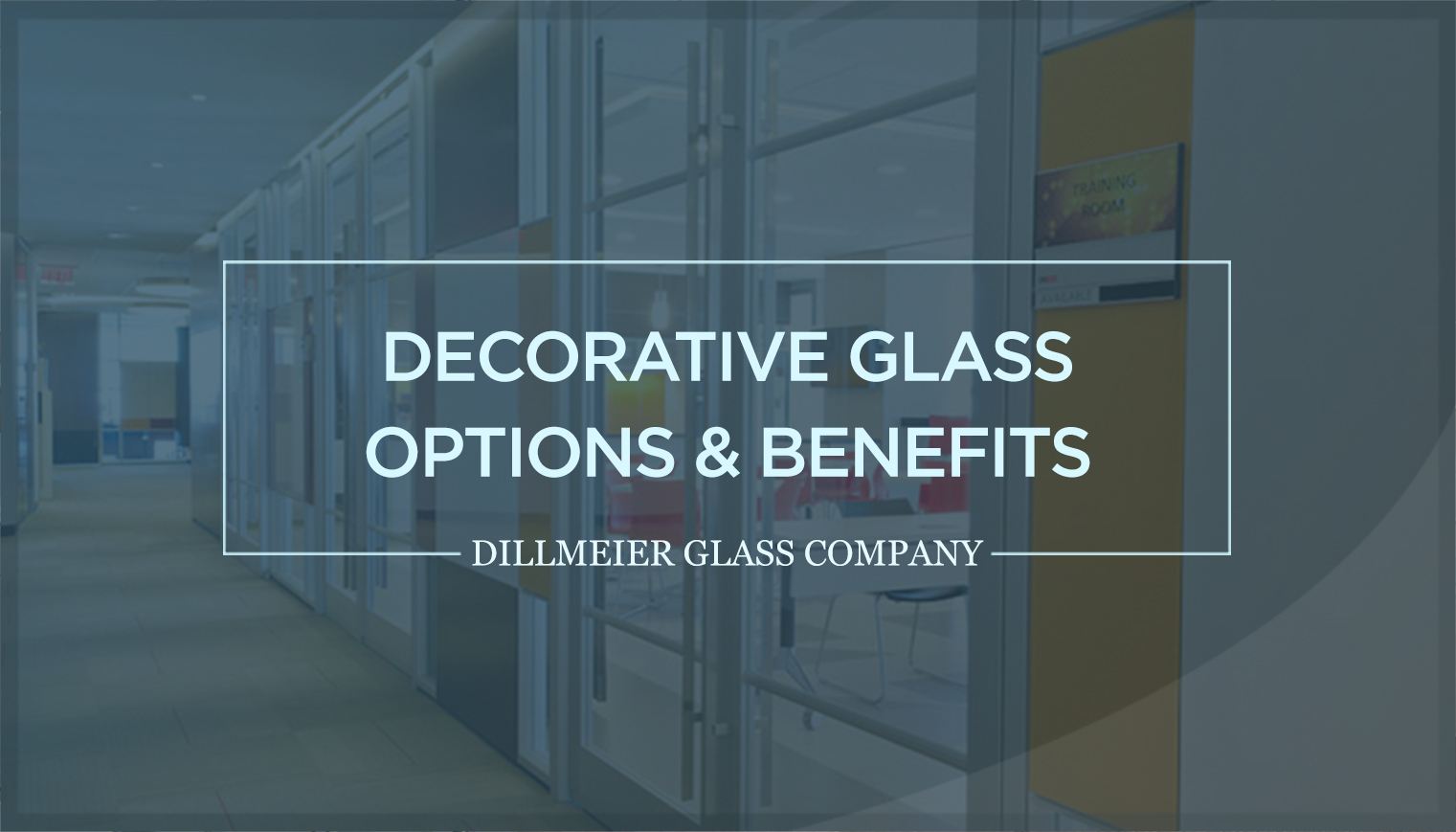Reeded Glass vs. Ribbed Glass: What’s the Difference?
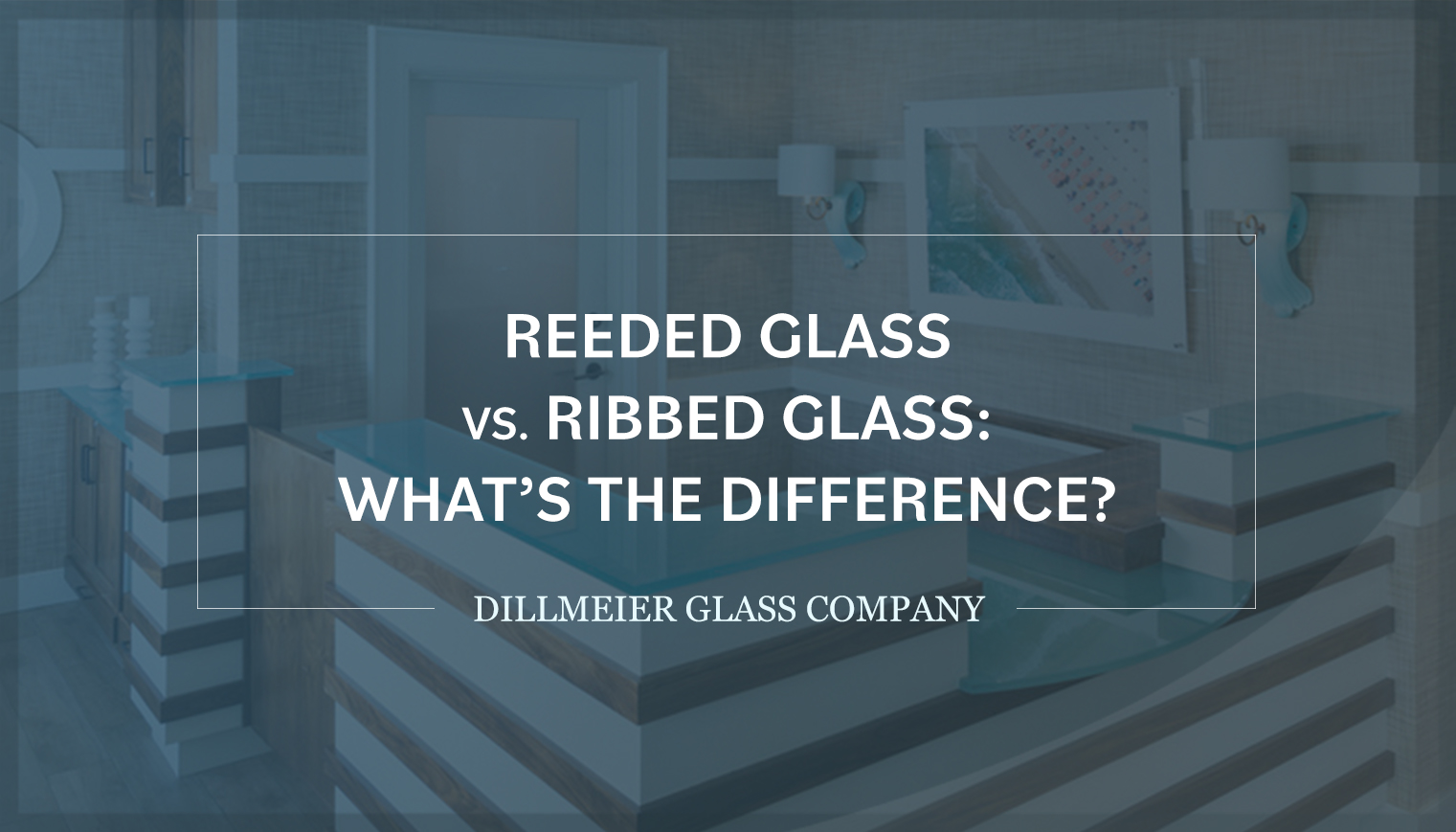
Editor’s Note: This blog post was originally published in March 2022 and has been revised to reflect industry updates.
If your project requires subtle hints of decorative elements while still promoting interior natural light, both ribbed glass and reeded glass are appropriate. Differentiated through thickness and groove levels, reeded glass provides a hollowed-out, inward look, while ribbed or “fluted” glass boasts a curve-like, outward appearance.
Whether your goal is compartmentalizing office spaces for quick meetings, or adding pizzazz to retail display cases, both exude class and elegance.It’s best to enlist an experienced fabricator such as Dillmeier Glass Company for guidance on specific specializations.
Below we’ll discuss the differences between reeded glass and ribbed glass, and best uses and applications for each.
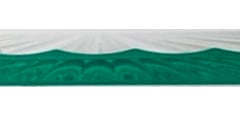
Suitable for various applications and industries, reeded glass provides a
hollowed-out, inward look thanks to its convex shape
Reeded Glass Features
The timeless and versatile appearance of reeded glass conveys beauty and flair, and promotes light while retaining privacy.
With standard thickness from 1/4-inch to 3/8-inch lites, reeded glass is suitable for modular glass walls, windows, and doors. Its ripple-like appearance provides decorative branding, as well as privacy for privacy-centric industries such as healthcare.
Pressing glass between metal rollers, Dillmeier Glass Company’s U.S.-based float glass manufacturing partners create a customized “reeded” pattern. Trained technicians then incorporate finishing services to include edging, polishing, cutting, and shaping.
Our multi-step fabrication process heats annealed or untreated glass within special tempering ovens, which improves strength and adheres to ASTM International standards and safety measures.
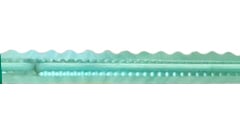
As outlined below, ribbed or “fluted” glass boasts a concave, curve-like outward appearance to maintain interior privacy and natural light.
What Is Ribbed Glass?
Differentiated through thickness and groove levels, reeded glass provides a hollowed-out, inward look, while ribbed or “fluted” glass boasts a curve-like, outward appearance thanks.
Also known as fluted glass, ribbed glass is recognizable through its vertical, radius convex shape. With distorted viewing to the naked eye, its linear nature creates a smooth, flowing design through clear or low-iron glass.
This pattern also promotes natural light—perfect for a workspace floor plan featuring floor-to-ceiling modular glass walls, dividers, and partitions.
Ribbed glass can also be incorporated within traditional or sliding glass doors. Choose from partially or fully glazed, or powdered aluminum integrations. All undergo Dillmeier Glass Company’s heat-treated tempering process.
Whether incorporating reeded or ribbed designs, it’s best to work with a glass fabricator who understands your project’s design and goals.
Reeded & Ribbed Glass Applications & Industries
Both reeded and ribbed glass are suited for the following industries and accompanying applications.
Retail & Hospitality
Partitions & Dividers: Add privacy within restaurants or bars/lounges while keeping a bright atmosphere.
Displays & Shelving: From high-end jewelry and handbags to food and drinks, reeded or ribbed glass casts a decorative touch for clarity and appeal.
Healthcare Facilities
Patient Waiting Areas: Provide a soothing aesthetic for discretion and privacy.
Exam Rooms: Quickly transform any area into a private setting.
Reception Area Partitions: Enable separation while maintaining patient and staff communication.
Offices & Other Commercial Spaces
Modular Glass Walls: Incorporate privacy within conference rooms and individual offices.
Partitions & Dividers: Add customized fabrication processes for branding, personalization, and privacy.
Railings: Provide added enhancements, while also maintaining transparency and light.
Is Reeded Glass Trending?
With mid-century modern roots, reeded glass is still in style. Its timeless beauty and style make it a suitable decorative element for most applications. Its clean lines also seamlessly integrate with other materials, such as wood, aluminum, and stainless steel.
Reeded or Ribbed Glass: The Deciding Factors
Whether incorporating reeded or ribbed designs, it’s best to work with a glass fabricator who understands your project’s design and goals. They will ensure everything is completed on time, on budget, and to the highest standards.
Contact Dillmeier Glass Company to determine if your project and application is suitable for ribbed or reeded glass.

